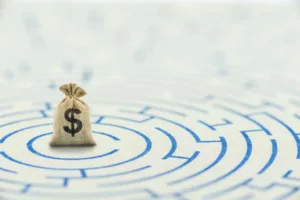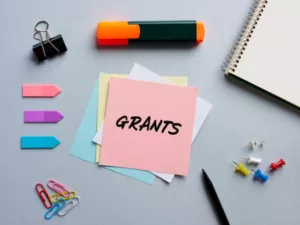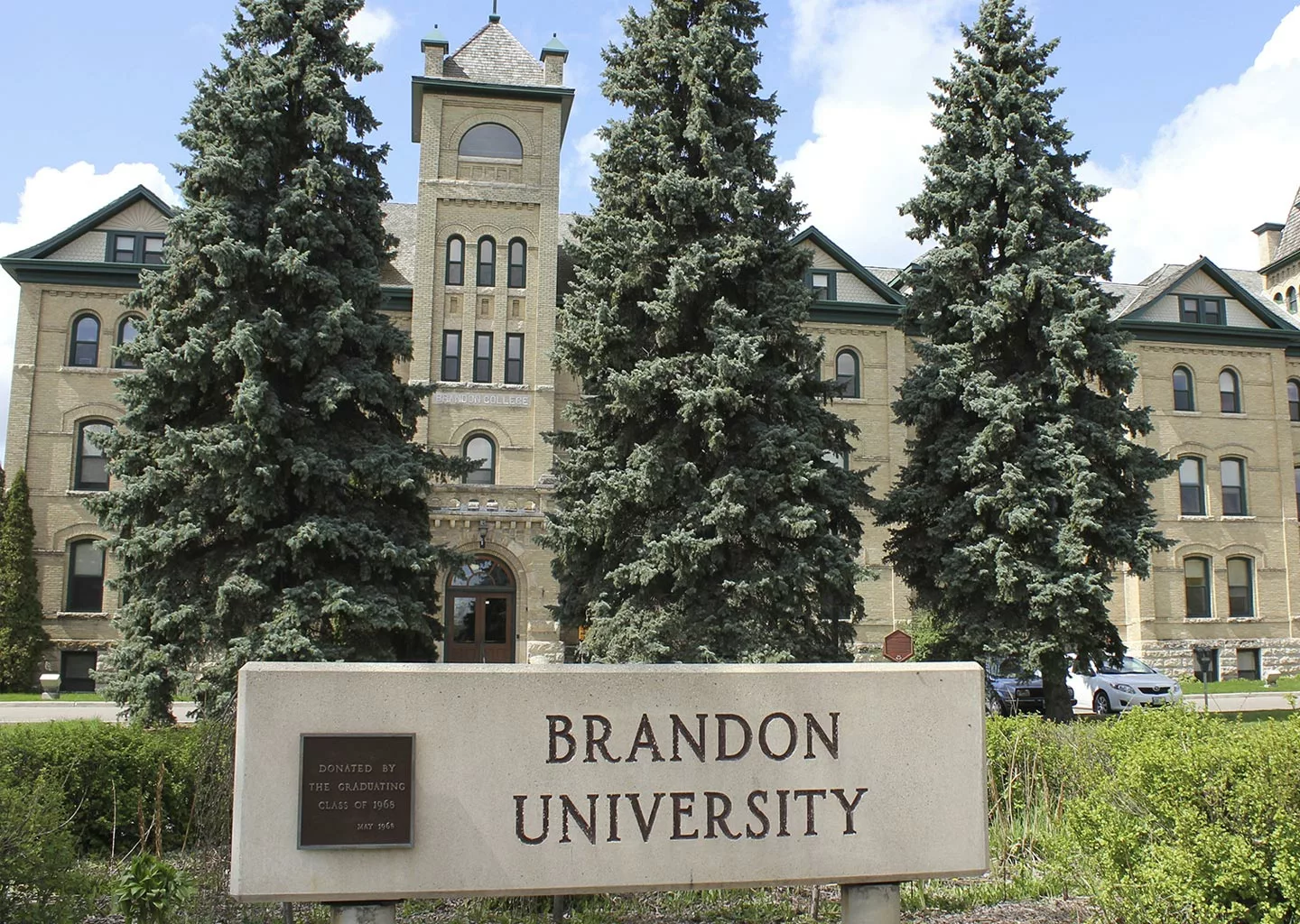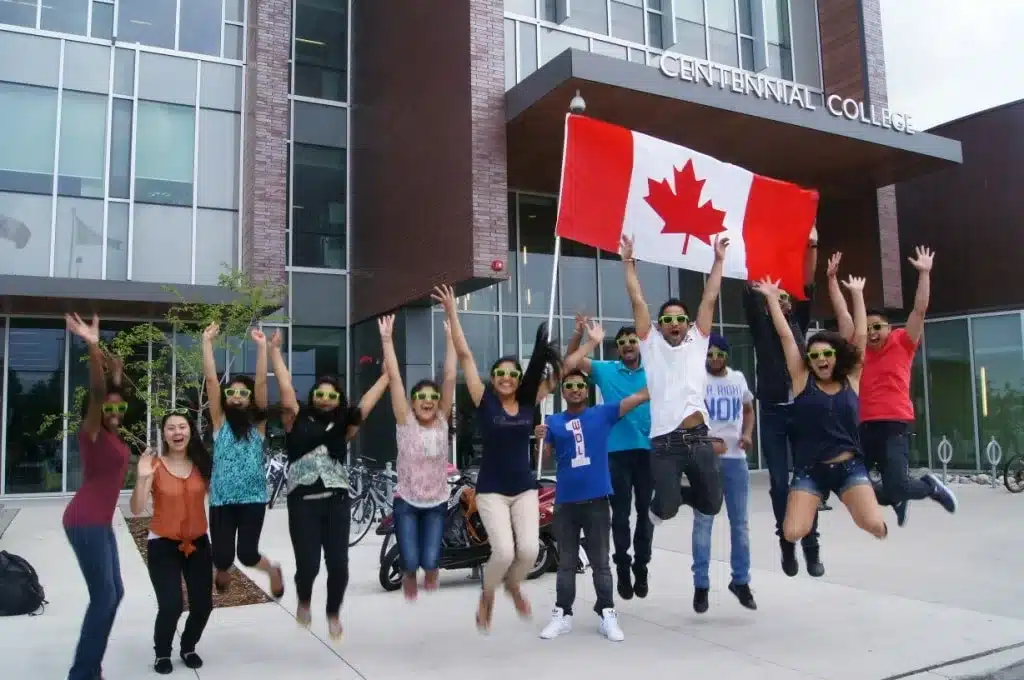How to Craft a Persuasive Letter of Support for Grant in 2023/24

Learn the art of crafting a compelling letter of support for grant applications. Our step-by-step guide provides expert tips on creating persuasive content, showcasing impact, and maximizing your chances of securing funding.

Elevate your grant-writing skills with strategic insights and make your support letter stand out in the competitive landscape. Unlock the key elements to captivate grant reviewers and convey the significance of your project. Start writing your path to success today!
Securing funding for your research marks a crucial achievement for any researcher. As the grant proposal deadline looms, a sense of apprehension may creep in, making you question the competitiveness of your application. Though every aspect of your proposal holds significance for the reviewer, the letter of support for the grant can bolster their confidence in your research concept.
While a letter of support may not guarantee funding, it can significantly enhance the competitiveness of your grant proposal, particularly when endorsed by influential and well-respected individuals or organizations.
SEE ALSO: 5+ Best Grants for RN to BSN for Nursing Students in 2023
What Exactly is a Letter of Support for Grant?
A Letter of Support serves as a tool to affirm the legitimacy of your research using a testimonial from a third party. This testimonial substantiates your assertions of past success and the commitment to deliver anticipated results.
This letter suggests that other entities or funders acknowledge the merit of your proposal, indicating that your project holds promise in achieving its proposed outcomes. Moreover, it furnishes a convincing rationale for a funder to endorse your grant proposal.
Identifying the Appropriate Authors for a Letter of Support for Grant
The composition of a letter of support holds significant influence in gauging the worthiness of your research project for funding. It is crucial to pinpoint individuals or entities best suited to undertake this responsibility.
A letter of support may be authored by:
- A collaborating organization
- A primary funding entity
- Another philanthropic organization
- A representative from the legislative branch
- External entities like professional grant writing services
- A key stakeholder
- Additionally, it might come from community leaders who endorse your project or individuals set to benefit from the proposed services.
SEE ALSO: 5 Little-Known Secrets for Winning Online College Grants in 2023
How Long Should a Letter of Support for Grant Be?
Determining the ideal length for a letter of support is not governed by rigid rules. In broad terms, it is advisable to limit it to one page, with an absolute maximum of two pages. The key is to prioritize conciseness and clarity. Excessive length might overwhelm the reader and diminish their focus. Conversely, a too-brief letter may fail to furnish adequate details to persuade the grant organization about the merits of your project. Striking a balance within this recommended length allows you to convey all necessary information effectively, ensuring your letter remains succinct and impactful.
The Purpose of a Letter of Support for Grant
A letter of support for a grant serves several essential purposes in evaluating a project’s eligibility for funding. These purposes include:
- Establishing Credibility: The letter establishes a credible foundation for the research project, demonstrating its legitimacy and viability.
- Demonstrating Commitment: It showcases a genuine commitment to the research endeavor, emphasizing the dedication of all involved parties to the project’s success.
- Validating Collaboration: The letter is instrumental in affirming the authenticity of planned collaborations, assuring the grantor that the partnerships mentioned in the proposal are substantial and reliable.
- Addressing Qualifications: Lastly, the letter addresses the qualifications and capabilities of the applicant, providing insights into their competence and capacity to execute the proposed research successfully.

What are the Four Classifications of a Letter of Support for Grant?
In essence, grant letters of support fall into two primary categories:
- Financial Backing:
– Letters from knowledge partners providing monetary support for the research.
– Letters from individuals endorsing the research idea.
However, based on their source, letters of support can be further categorized as follows:
- Community Leaders:
– Letters obtained from community leaders play a vital role in establishing the credibility of the proposers.
- Collaborative Partners:
– Letters from collaborative partners demonstrate the project’s potential benefits to the service community.
- Contributing Supporters:
– Letters authored by contributing supporters provide evidence of tangible resources dedicated to the project.
- Impacted Constituents:
– Letters written by impacted constituents assist funders in assessing the anticipated benefits or repercussions of the proposed actions.
Distinguishing Between “Letter of Support” and “Letter of Recommendation”
While both letters of support and letters of recommendation serve as valuable resources for funding agency reviewers, there are notable distinctions between the two:
Letter of Support:
– Demonstrates institutional commitment, collaboration, or a specific role in the project.
– Typically requested for fellowship applications, mentored Career Development Awards, and similar programs.
– Authored by collaborators, key personnel, institutions, or other significant contributors directly involved in the research project.
– Submitted as part of the grant application.
Letter of Recommendation:
– Solicited during fellowship applications, mentored Career Development Awards, and similar programs.
– Authored by individuals who are not directly engaged in the application process but possess familiarity with the applicant’s qualifications.
– Submitted separately from the corresponding application, serving as an external endorsement of the applicant’s capabilities and potential.
Key Elements of a Letter of Support for Grant
A well-crafted letter of support for a grant encompasses several essential elements, each contributing to its effectiveness in securing funding. Here is a sequential breakdown of these key components:
- Header:
– Include the writer’s name, institution, and the date of the letter on the organization’s letterhead.
– Provide the recipient’s name and contact information.
- Salutation:
– Use an appropriate salutation, addressing the recipient as Dr., Mrs., Mr., or Ms.
– Begin with a respectful “Dear.”
- Professional Introduction:
– Compellingly introduce yourself, capturing the reader’s attention and conveying why they should be interested.
– Clearly state the letter’s purpose and express your connection to the project.
– Emphasize your knowledge of the proposed project’s subject matter and its perceived value.
- Main Body:
– Justify the necessity of funding for the proposed initiative or project.
– Clearly articulate the writer’s belief in the project and its anticipated outcomes.
– Establish credibility by deeply understanding the project’s subject matter.
– Address potential questions from the funding body, providing comprehensive information.
- Conclusion:
– Summarize key points discussed in the letter.
– Reiterate the value of the writer’s support and emphasize any crucial details.
– Conclude with a strong endorsement of the project.

Important Points to Consider While Writing a Letter of Support for Grant
Writing a letter of support that can substantially impact grant application approval requires careful consideration of several key points. Here are important factors to keep in mind:
- Conciseness:
– Limit the letter to two pages to maintain brevity and ensure that key points are effectively communicated.
- Accuracy:
– Ensure accurate mention of proposal details, reflecting a clear understanding of the project and its objectives.
- Additional Project Details:
– Include supplementary information or specific project requirements that could enhance the funder’s understanding.
- Organization’s Role:
– Provide a succinct description of the letter writer’s organization, emphasizing its role and significance in the proposed project.
- Expected Outcomes:
– Clearly articulate the anticipated outcomes and benefits of the project’s successful implementation.
- Professional Format:
– Adhere to a professional format, including the original signature of the letter writer, to add authenticity and credibility.
- Thorough Proofreading:
– Prioritize proofreading to eliminate errors, ensuring the letter is polished and effectively conveys its intended message.
Addressing these points, a letter of support meets the necessary criteria for professionalism and increases its impact in supporting the grant application.
Various frameworks can guide advocates when composing a letter of support, each offering a unique approach. One widely used model is the “Problem, Solution, and Impact” framework. In this structure, the letter introduces the problem the project addresses, proceeds to delineate the proposed solution, and concludes by discussing the anticipated impact. This framework fosters a coherent narrative that links the problem, solution, and expected outcomes.
Another effective framework is the “Personal Connection” model, which underscores the intimate link between the letter’s author and the project or organization. This approach is particularly powerful when the writer shares a personal relationship with the project, adding authenticity and credibility to the letter.
The “Evidence-Based” model constitutes a third framework emphasizing providing data and statistics to substantiate the project’s goals and expected outcomes. This framework relies on tangible evidence to illustrate the necessity of the project and the envisaged impact.
Regardless of the chosen framework, focusing on the project and its objectives is crucial. The letter should be crafted with clarity and conciseness, employing a persuasive tone that accentuates the project’s significance and potential impact.
Problem, Solution, and Impact Framework
When crafting a letter of support, various frameworks can provide a structured approach to effectively convey your message. Here are a few frameworks you can consider:
- Problem, Solution, and Impact:
– Problem: Start by introducing the issue or challenge the project aims to address.
– Solution: Clearly outline the proposed solution or approach the project offers.
– Impact: Conclude by discussing the project’s anticipated positive outcomes and impact.
- Personal Connection:
– Introduction: Establish a personal connection between the writer and the project or organization.
– Experience: Share personal experiences or anecdotes highlighting the project’s significance.
– Endorsement: Express your support and endorsement based on your connection and experiences.
- Evidence-Based:
– Introduction of Data: Start with relevant data and statistics demonstrating the project’s need.
– Project Alignment: Show how the project aligns with the data presented and emphasize its relevance.
– Conclusion: Summarize the evidence to reinforce the project’s credibility and importance.
- Chronological:
– Background: Begin with a brief background or history of the project or organization.
– Current Status: Discuss the current status and achievements of the project.
– Future Plans: Outline plans and the importance of ongoing support.
- SWOT Analysis (Strengths, Weaknesses, Opportunities, Threats):
– Strengths: Highlight the strengths and positive aspects of the project.
– Weaknesses: Acknowledge any weaknesses or challenges and address how they are being mitigated.
– Opportunities: Discuss potential opportunities for the project’s growth and success.
– Threats: Address potential threats and how the project is equipped to handle them.
- Storytelling:
– Engaging Narrative: Craft a compelling narrative that tells a story related to the project.
– Relevance: Ensure the story highlights the project’s importance and impact.
– Call to Action: Conclude with a call to action, encouraging support based on the narrative shared.
Choose a framework that best aligns with the project’s nature and the relationship between the writer and the cause. Adapt and customize the framework to suit the specific details and objectives of the letter of support.
Conclusion on Letter of Support for Grant
As you are aware, the impact of letters of support on the success of a grant application cannot be overstated. Crafting these letters with meticulous care is paramount. Ensure you follow these tips while composing a letter of support for your project or providing support for another applicant. Share your experiences with us on how this article has aided you in formulating compelling letters of support for grants. Additionally, explore our Q&A forum for expert insights into frequently asked questions related to research writing and publishing. Our team, comprising subject-matter experts, eminent researchers, and publication specialists, is dedicated to assisting you in navigating the intricacies of the grant application process.
SEE ALSO: 5 Best Online Colleges That Accept Pell Grants in 2023




